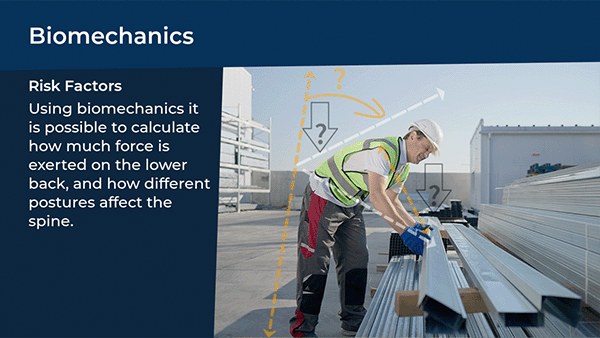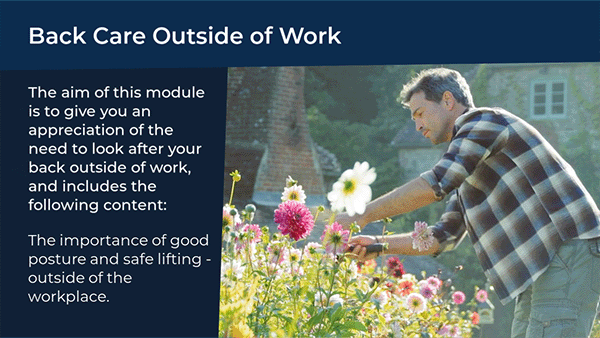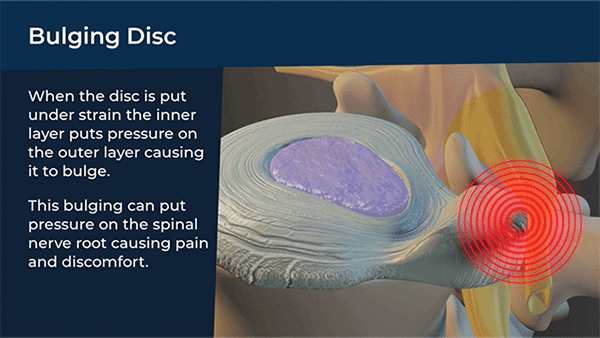Manual Handling Training
Manual Handling Safety Awareness
Our manual handling course can be taken as an e-learning course with practical assessment to follow, or delivered by one of our tutors through a video conference TEAMS meeting, which includes a remote practical assessment for immediate certification.
Trainees who complete the e-learning course without practical assessment (those who supervise/risk assess manual handling tasks) are awarded a Manual Handling Safety Awareness Certificate.
Manual handling related injuries make up around 33% of all reported workplace injuries.
All these injuries are preventable. That is why Manual Handling training is a legal requirement.

Course Options & Prices:
€50 Remote Instructor – Full 3 year Certification.
1-2-1 or Group Training Session
Duration 1 hour 40 minutes – 2 hours
€35 Blended Learning – Full 3 year Certification.
Duration 1 hour e-learning session + 15 minute practical assessment
€20 E-Learning – 3 Year Safety Awareness Certificate
Duration 1 Hour
Up to 30% Discount for Group Bookings



Live Remote Instructor Course: €50
Manual Handling Course & Practical Assessment
Video Conference Presentation and Practical Assessment
Anyone who performs manual handling tasks in the workplace requires training and assessment in the safe moving of loads.



Blended Learning Course: €35
Manual Handling Course & Practical Assessment
E-Learning Theory Course & Tutored Practical Assessment.
This MKD certified course which includes assessment, complies with legislative requirements for staff who carry out manual handling tasks in the workplace.



E-Learning Course: €20
Manual Handling Safety Awareness Training Course
E-Learning Theory Training
For management and staff who require knowledge of legislation, risk assessment and control measures, but do not carry out moving of loads.
What is a Manual Handling Task?
The HSA defines a manual handling task as the movement of a load which poses a risk of injury – particularly to the back.
The risk can be due to unfavourable ergonomic conditions, the characteristics of the load or a combination of the two.
The characteristics of a load that make moving it a manual handling task include heavy, bulky and unstable loads.
Unfavourable ergonomic conditions include; loads positioned at low or high levels, when the use of stairs is involved in carrying out the task, moving loads over long distances, repetitive movements and working in awkward postures.
Course Modules Include:
- What is Manual Handling?
- Legislation – Legal Requirements
- Anatomy & Back Care
- Biomechanics
- Ergonomics
- Risk Assessment
- Mechanical Equipment
- Principles of Safe Moving
- Skills Demonstration
- Practical assessment
Workplace Hazards
Manual Handling is a physical activity that takes place in every workplace. In some cases the activity does not pose a problem. However it can be a potential workplace hazard when an employee is required to handle heavy, bulky, unstable or difficult loads. Performing manual handling tasks in unfavourable ergonomic conditions can result in a back injury. Unfavourable ergonomic conditions produce the largest percentage of back injuries and MSD’s
Avoid or Reduce Risks:
It is necessary to carry out a risk assessment of existing manual handling tasks before making an informed decision on which tasks need to be avoided or reduced. Employers must then take steps to avoid or reduce the risk of injury. The main concern with manual handling activity is the increased risk of injury due to wear and tear on the back. Back injuries are painful and reduce mobility, they can also lead to long absences from work.
